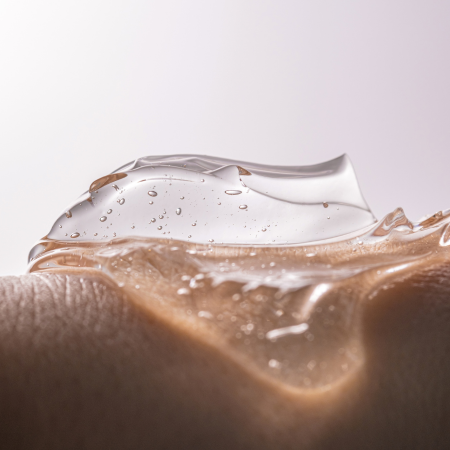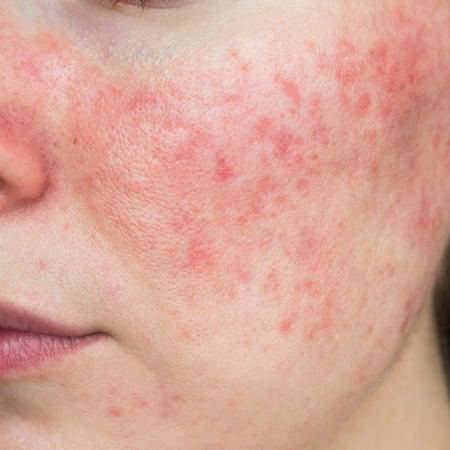PDO Thread Lift Complications and Minimizing Risks
The PDO (polydioxanone) thread lift is a minimally invasive procedure that has gained popularity in the field of cosmetic medicine for its ability to offer a facelift-like effect without the need for traditional surgery. By using biodegradable threads to lift and tighten sagging skin, the procedure promises a more youthful appearance with minimal downtime. However, like any cosmetic procedure, it is not without its potential complications. Understanding these complications and the strategies to minimize them is crucial for both practitioners and patients to ensure the best possible outcomes.
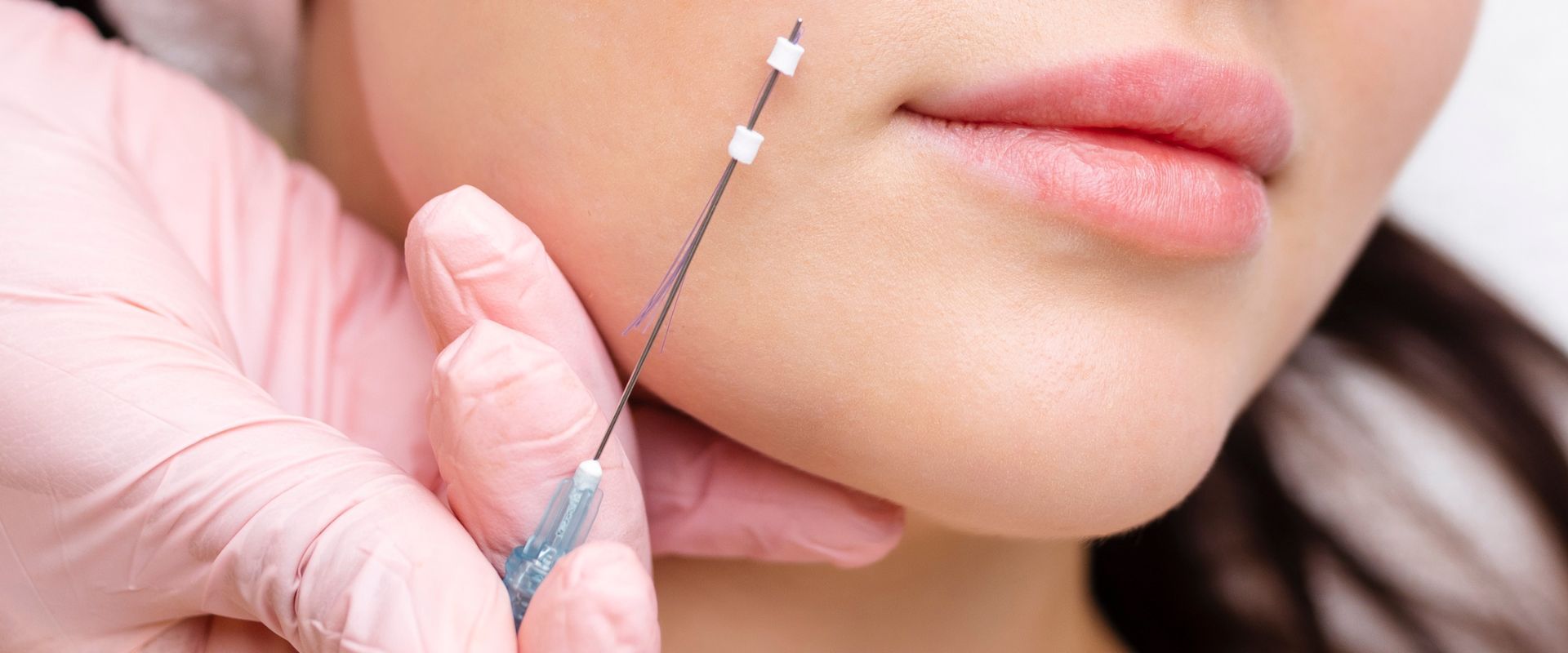
Potential Side Effects or Disadvantages of Thread Lift
1. Infection
Infection is a risk with any procedure that involves breaking the skin. Though relatively rare in this procedure, infections can occur and may present as redness, swelling, pain, or in extreme cases, pus at the insertion site.
2. Swelling and Bruising
Swelling and bruising are the most common potential side effects. Swelling from the local anesthesia will usually subside within a day or two, and bruising can take up to a week to heal. However, extended bruising and swelling can occur and may be indicative of deeper issues that may need to be addressed with your provider.
3. Asymmetry
While everyone has asymmetry in their face, improper thread placement or uneven pulling of the skin can lead to asymmetrical results. Youmay require correction through additional thread sessions where your medical provider utilizes different threads or a combination of treatments (like filler) to address this concern.
4. Nerve Damage
Thread lifts are typically inserted into the SMAS or subcutaneous layer of the skin. While rare, there is a risk of nerve damage if the thread is inserted too deep or through a high risk area, leading to numbness or muscle weakness.
5. Thread Extrusion
If the end of the thread isn’t sufficiently buried into the skin after it has been cut, it may result in extrusion with movement over time. This issue should be addressed by the provider who can make the necessary adjustments to ensure the thread is properly buried into the skin.
6. Thread Lift Puckering or Dimpling
Thread lift puckering or dimpling can occur if the thread is inserted superficially or if the barbs migrate and catch onto tissue its not supposed to. This can resolve over time on its own as the threads settle into place or may require further intervention from a medical provider via massaging.
While the above list of possible side effects—ranging from minor thread lift puckering, swelling, and bruising to more significant concerns like asymmetry or infection—might seem daunting, it's important to remember that these complications are not the end of the story. The transition from recognizing these risks to learning how to minimize them is crucial. By implementing a series of proactive measures and following expert guidance, patients can significantly reduce the likelihood of experiencing these complications, ensuring a smoother, safer, and more satisfying outcome. Next, we will delve into practical strategies and expert recommendations designed to minimize the risks associated with PDO thread lifts, highlighting the importance of preparation, practitioner selection, and post-procedure care in achieving the best possible results.
Minimizing Complications
Let’s delve into recommendations designed to minimize the risks, highlighting the importance of preparation, practitioner selection, and post-procedure care in achieving the best possible results.
1. Choose an Experienced Practitioner
The importance of selecting a highly skilled and experienced practitioner cannot be overstated. Look for someone with a proven track record in performing the procedure and who has undergone comprehensive training.
2. Follow Pre and Post-Procedure Instructions
Adhering to the pre and post-procedure care instructions provided by your practitioner is vital. This may include avoiding certain medications or supplements that can increase bruising, maintaining good skin hygiene, and avoiding strenuous activities for a specified period.
3. Immediate Post-Procedure Care
Applying cold compresses can help reduce swelling and bruising. Also, avoiding extreme facial expressions and sleeping with the head elevated can minimize the risk of misplacement and complications.
4. Promptly Address Any Complications
If you notice any signs of infection, thread lift puckering, significant discomfort, or other unusual symptoms, it's crucial to contact your practitioner immediately. Early intervention can prevent extended discomfort.
5. Ensure Proper Technique
Practitioners should use the correct type and length for the specific area being treated and employ the proper insertion technique to reduce the risk of complications. Ensure details have been properly communicated before the treatment.
6. Patient Selection
Not everyone is a suitable candidate. If you have very thin skin, severe sagging, or certain medical conditions, you may be advised against undergoing the procedure. Again, communication is key so make sure your provider has done a complete evaluation on your eligibility.
Disadvantages of Thread Lift vs Surgical Facelifts
As mentioned above, there are many possible complications. Thread lift puckering, infection, and swelling are among them. However, when compared to the invasive surgical facelift, the risk is considerably lower. Comparing the frequency of complications between these two treatments, it's important to consider the nature of each procedure and the associated risks. Both procedures aim to rejuvenate the face, but they do so through vastly different means, leading to different profiles of complications.
Surgical facelifts, being more invasive, carry a higher risk of complications. These can include hematoma (a collection of blood beneath the skin), nerve damage, scarring, infection, and complications from anesthesia. The nature of surgical facelifts—requiring incisions, skin removal, and more extensive tissue manipulation—means there is a greater potential for significant complications. However, with a skilled surgeon and proper patient selection and care, the risks can be minimized. The rate of complications in surgical facelifts, while much higher than in PDO thread lifts, is still considered low, but the complications can be more severe and require longer recovery times.
Thread
Lift Before and After:
Let’s take
a closer look at some thread lift before and afters, to see the true potential of this procedure. (Note: these thread lift before and afters were taken immediately post-treatment. The best results appear ~2 weeks after the procedure)
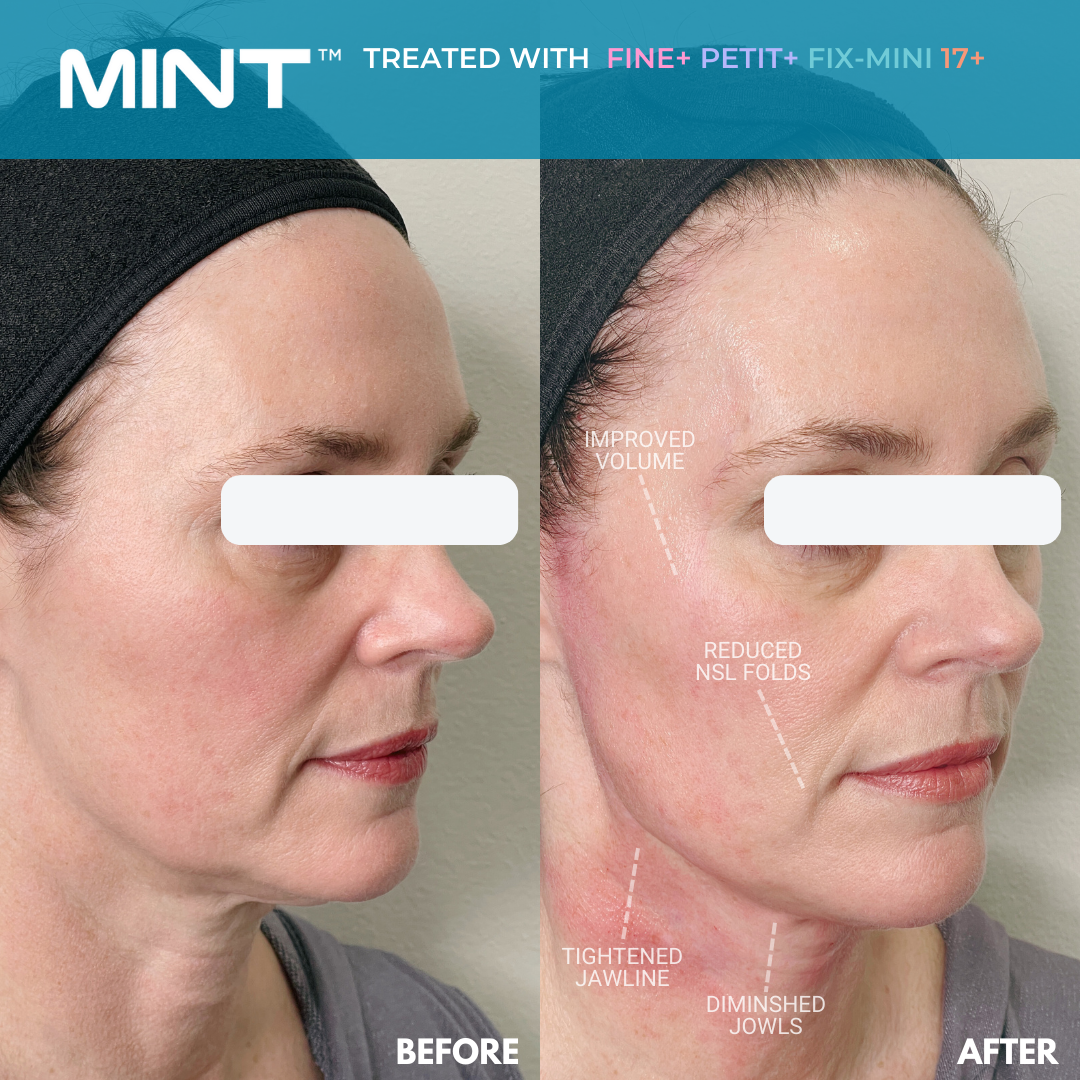
For this patient, the target was her nasolabial folds and jowls. You can see the skin was tightened, reducing nasolabial folds, jowls, and making a more pronounced jawline.
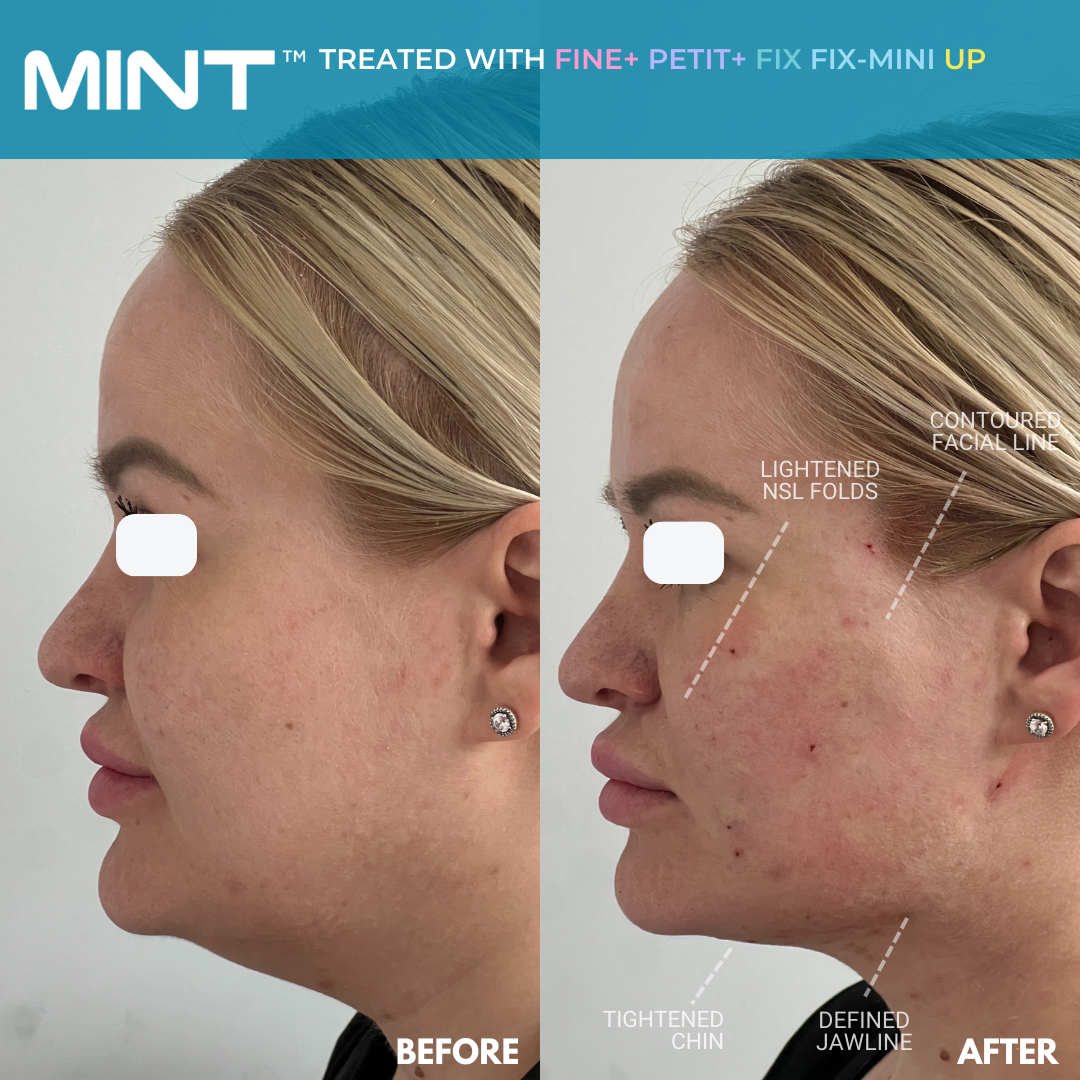
This patient’s procedure targeted her chin and jawline. In the before and after, we can see the skin below the chin tightened, as well as lifting the mid face contouring the facial line and in turn, creating a more defined jawline.
Patients opting for a PDO thread lift often benefit from shorter recovery times and a lower risk of serious complications, making it an attractive procedure for many. It offers a promising alternative to traditional facelifts, with the potential for rejuvenated, natural-looking results. However, understanding and minimizing the risks associated with the procedure are critical to achieving a successful outcome. By choosing a qualified practitioner, following recommended care protocols, and promptly addressing any concerns, patients can significantly reduce their risk of complications and enjoy the benefits of this innovative cosmetic procedure.
